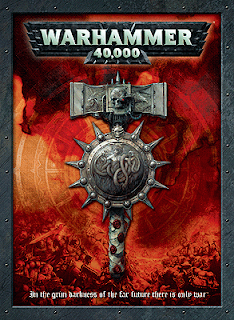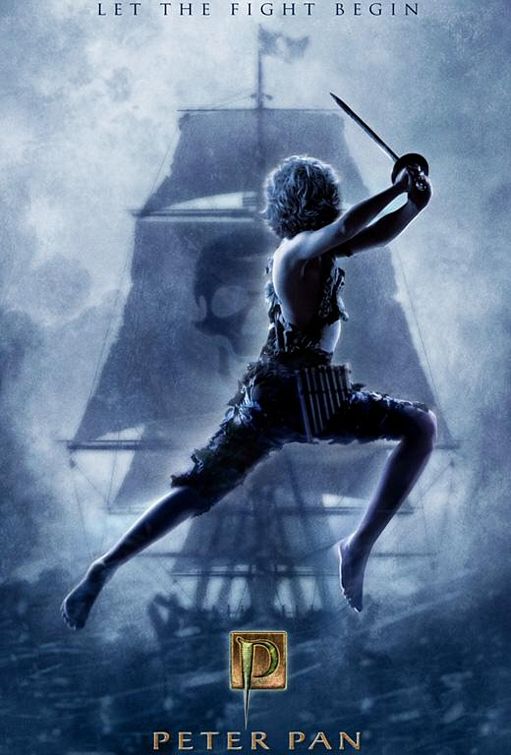NLP- Neuro-linguistic programming
It is a set of techniques that aims at creating and altering patterns of human thought and perception. Its name stresses out the bond between neurological processes, language and behavior. It founders John Grinder and Richard Bandler claim that people can program themselves into certain behaviors, emotions etc. They discovered a relation between accepting a suggestion and certain words and phrases. In other words while using some concrete expressions you could program someone to do something- a very simplified description.
Here is a sample of this technique to give you a clue:
There are different methods in NLP such as “modeling” or “swish pattern”, which contribute to the NLP technique and are supposed to alter your or someone else’s thought patterns. For more information I suggest you take insight into numerous sites describing NLP across the web.
SUBLIMINAL MESSAGES
Subliminal message is a message transferred in some medium (picture, audio, movie) and is not consciously perceived by our brain. In other words our mind is not able to spot it in a conscious manner (because it is shown for extremely short time or wittily placed in some other message) as it is seems “invisible”. In fact, however, we are able to perceive it beneath the limen (sensory threshold) and it influences our behavior, emotions choices in a significant manner.
Numerous studies on the subject were done, some more or less successfully. People in a cinema primed for 1/3000 of a second at five-second intervals with a message “Drink Coca-cola” or “Eat popcorn” increased sales of these products by 58 and 18 percent respectively.
So you may be exposed to a message and influenced, but still unaware of it.
This is widely used in advertising for example to create familiarity with a new product. So u enter a supermarket and have a significant preference for a thing you are seeing for the first time. There are plenty of examples of visual messages (e.g hiding smiles on a package layout) or sometimes also connected to sexual content or money- have a look yourself:
So you wonder how does it really work? Here is a good depiction:
For me personally these techniques doesn’t seem 100% credible, but the huge body of evidence across the web and also publications give us an idea that there might be actually something in it. As I said, I live it for your judgment.
______________________________________________________
Sources:
- www.NLP.pl
- Wikipedia.com
- Youtube.com





















